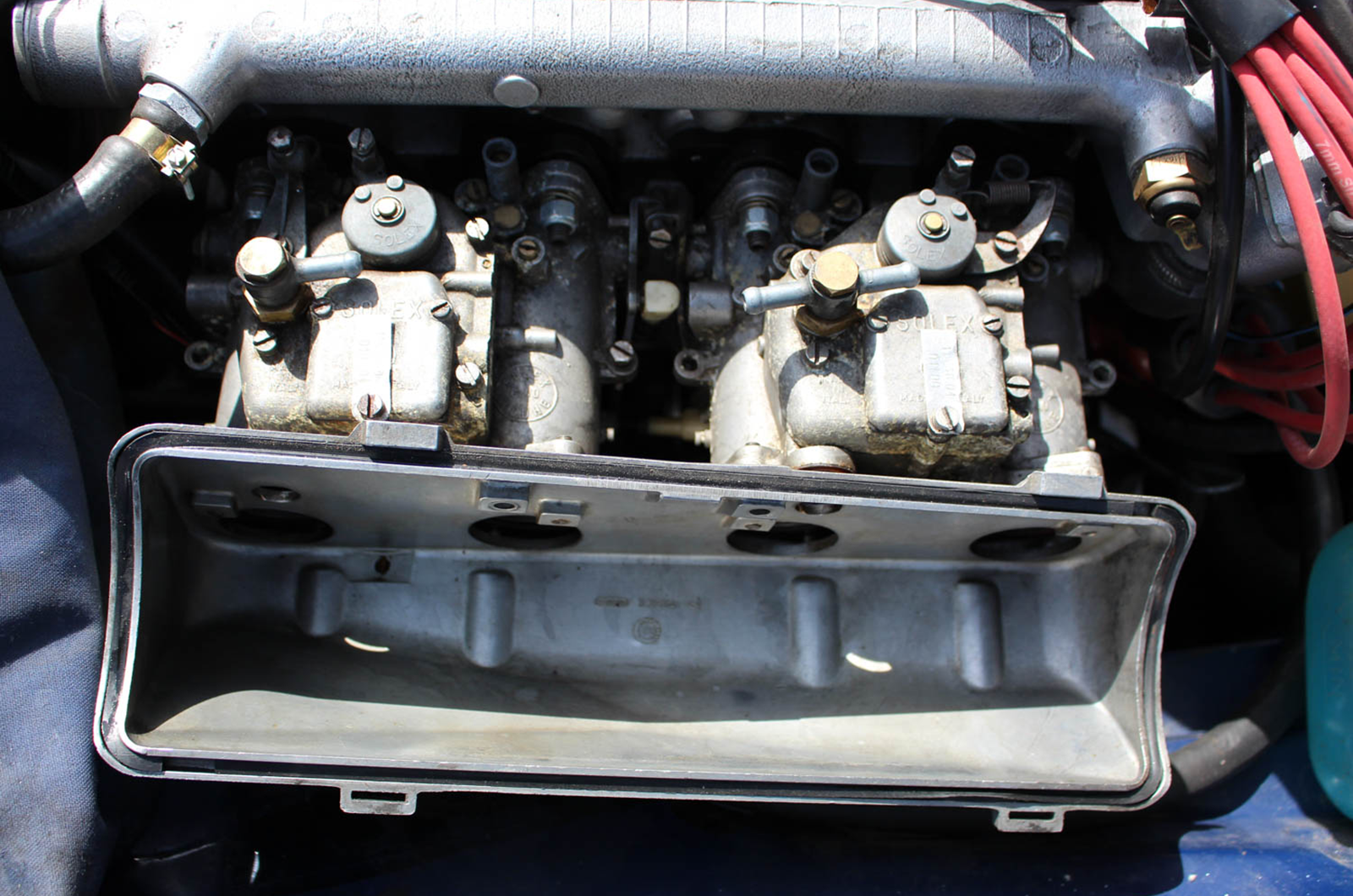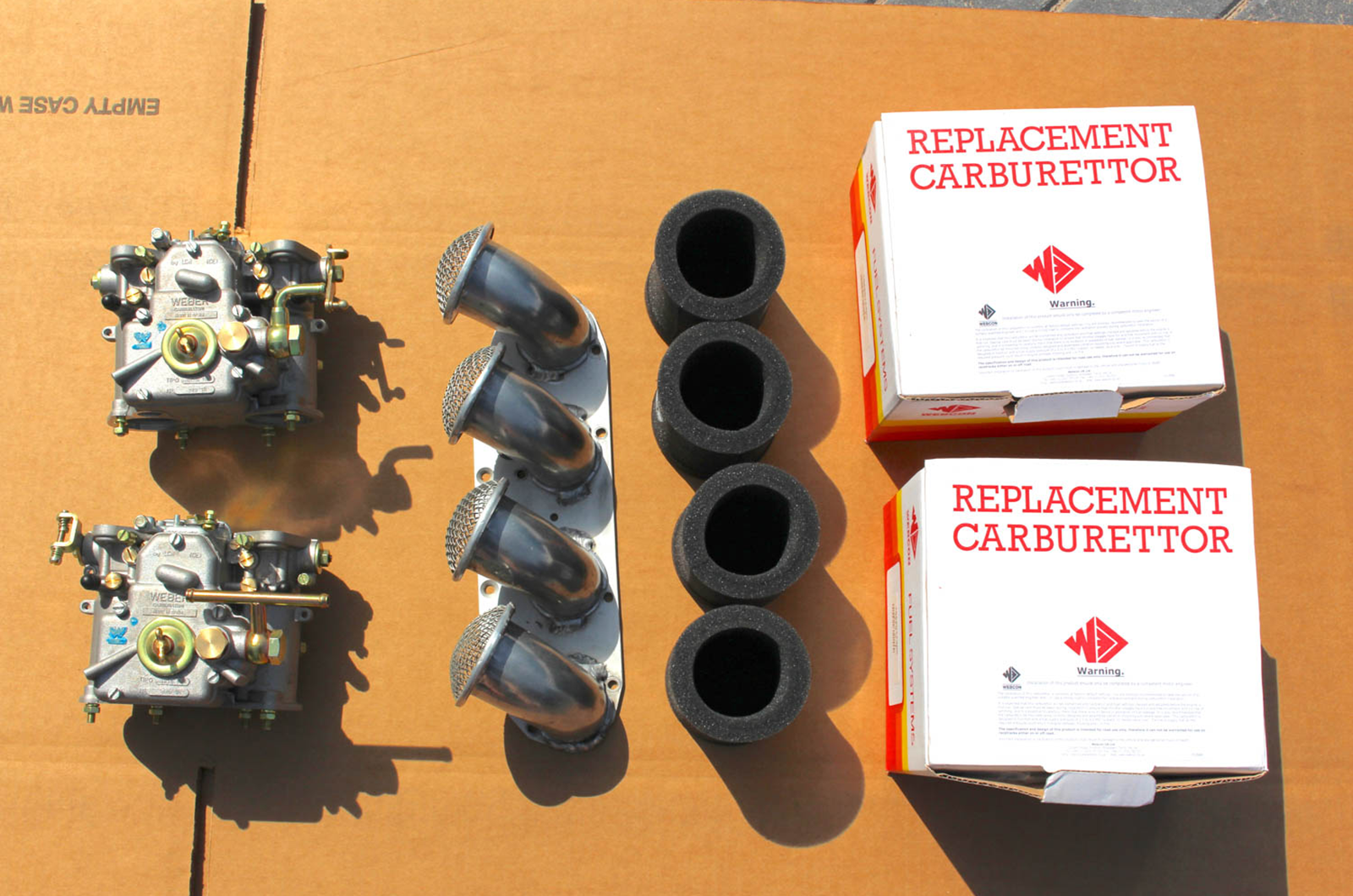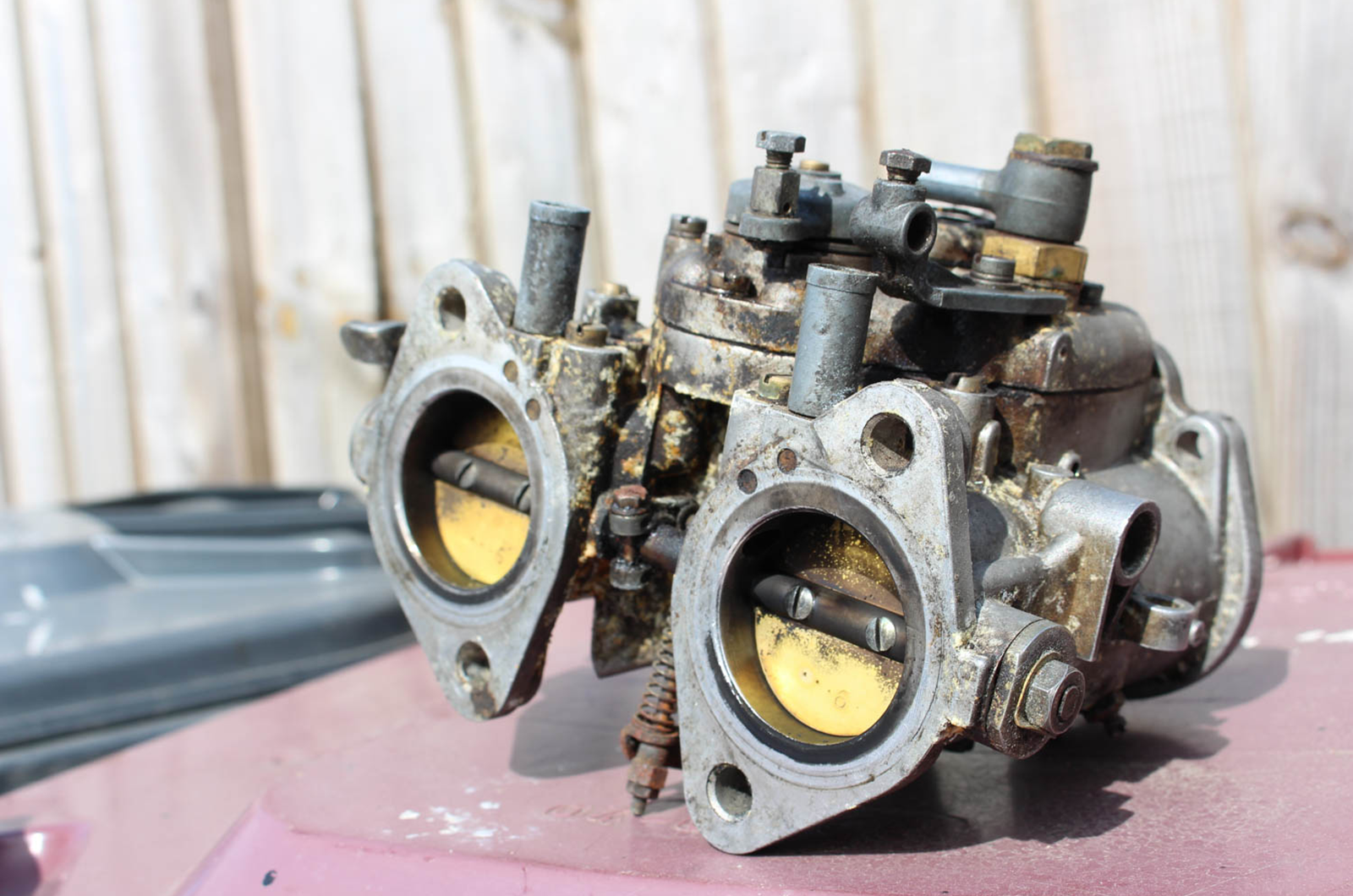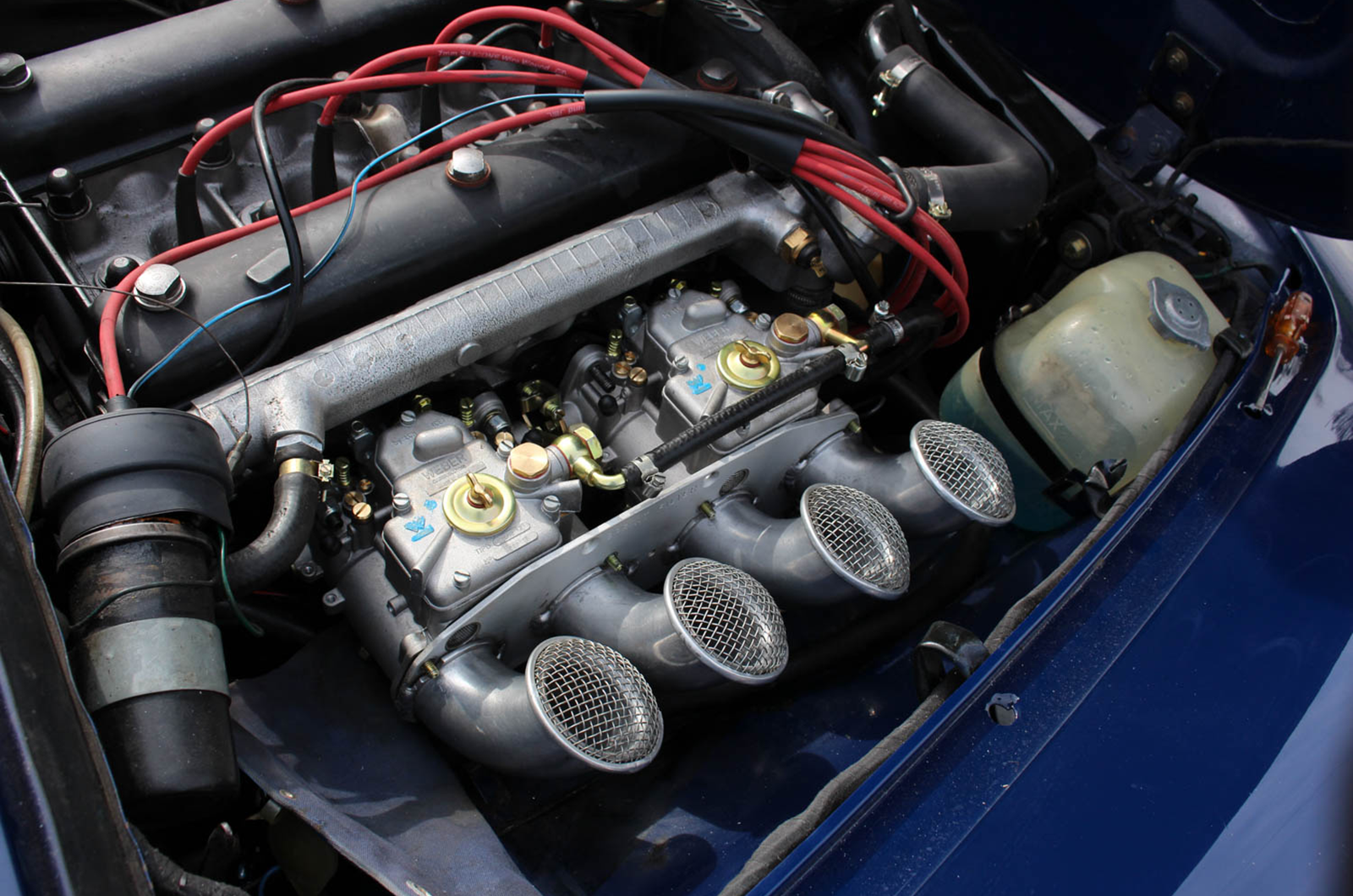
There comes a time in every classic owner’s life when he or she succumbs to the attraction of a carburettor upgrade. Whether it’s the draw of the Holley Double Pumper or the lure of a set of triple SUs, bigger, better and shinier carbs are like a bottle top to a magpie.
For me, it has always been the appeal of Webers for which, like many odd things in my life, I blame my childhood. When I was about 17, my best friend Paul fitted one to his Vauxhall Chevette.
All my friends and I were in awe; we understood not what this thing did, but we knew it was Magick, like a secret potion that affords its imbiber the Strength of Ten Men. Maybe, in retrospect, we spent too long playing Dungeons & Dragons rather than talking to girls, but you get my point. I don’t recall whether the Weber carburettor actually improved the performance of the car much, but we all thought it did. The seed was planted.
Then, when I grew up, I started a series of long and sometimes troubling relationships with a variety of twin cam-powered Alfa Romeos, one that continues to this day. And thus, when the Alfa came equipped with a pair of Solex ADDHs, did I verily swap them for twin Weber DCOEs, and All Was Good.
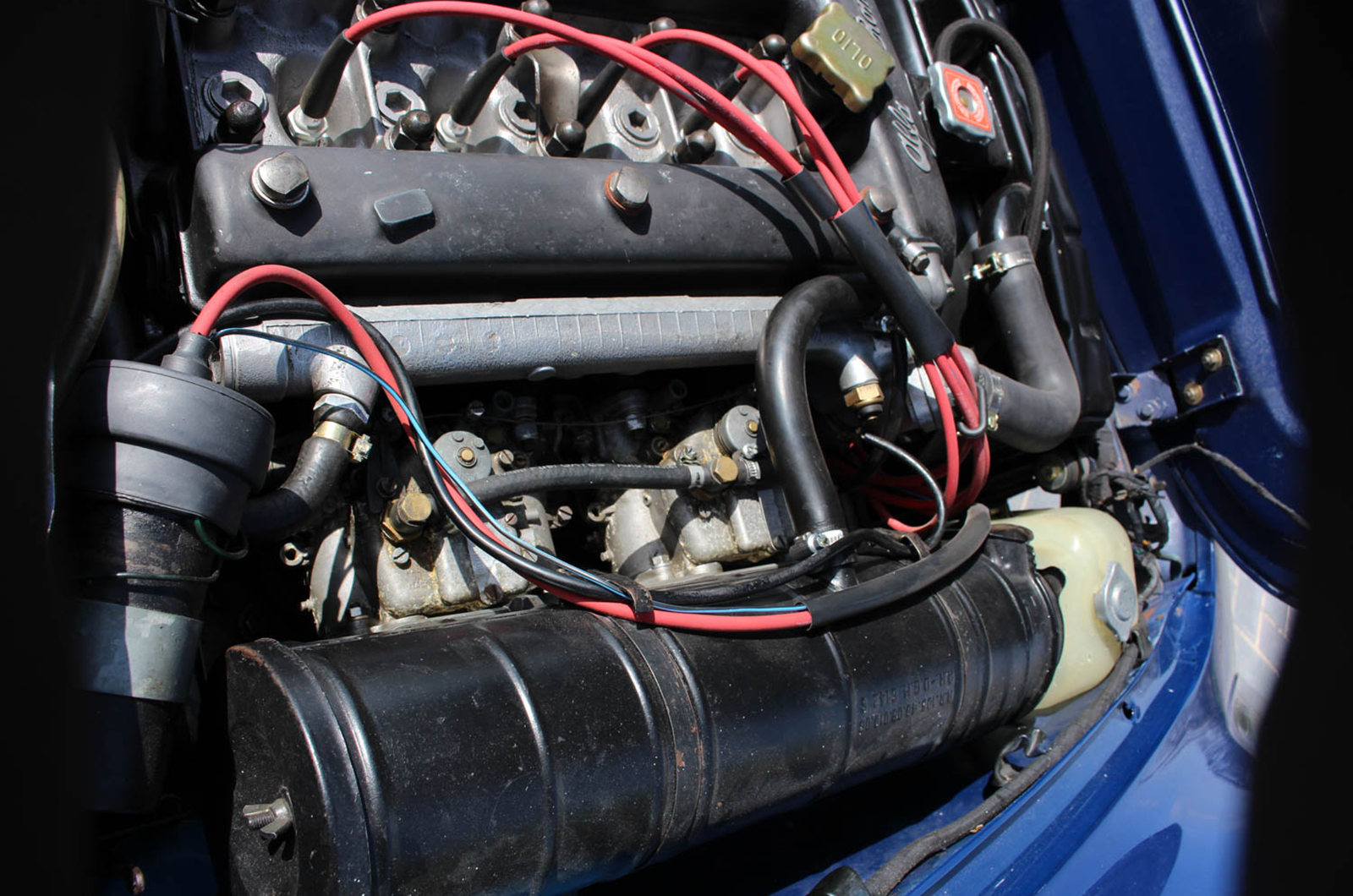
Before… Sorry Solexes

